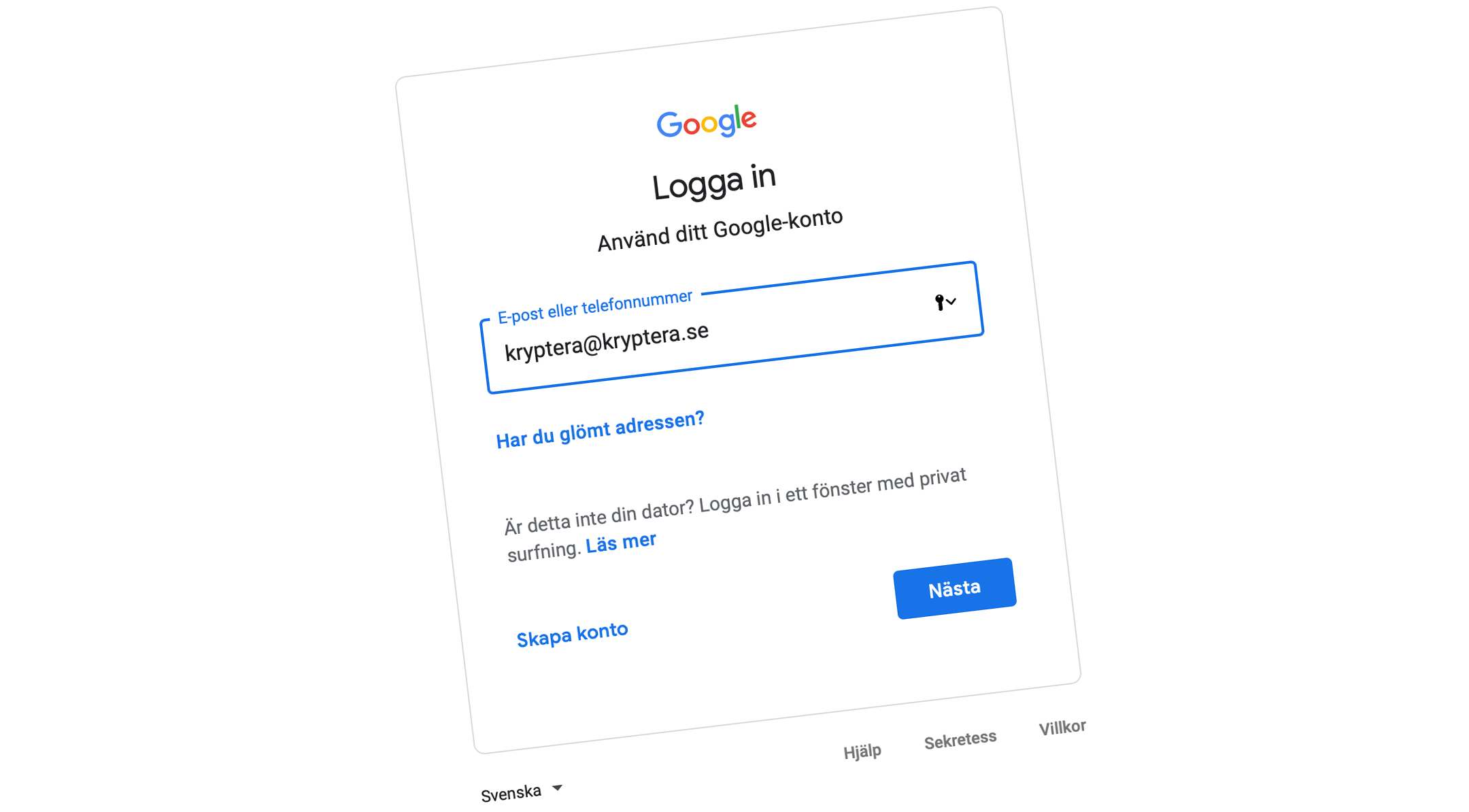
17
AprilUnderstanding the Dangers of Phishing: A Cautionary Insight
In today’s digital age, cybercrime is increasingly sophisticated, and one of the most common tactics employed by hackers is phishing. Phishing is a fraudulent practice where scammers attempt to obtain sensitive information from unsuspecting individuals by masquerading as trustworthy entities, often through fake websites that mimic legitimate online services. This article aims to raise awareness about the techniques used in creating phishing sites, emphasizing the importance of recognizing and avoiding such scams.
Phishing sites are designed to imitate the look and feel of a legitimate banking website, making it difficult for users to distinguish between the two. To create such a site, cybercriminals typically begin by researching the targeted bank’s website, analyzing its design, layout, and the various services it offers. They often use advanced web development tools to replicate the site’s appearance closely, including using similar logos, fonts, and color schemes. This attention to detail is crucial as it builds trust with potential victims.
Once the visual elements are established, the next step involves setting up a domain name. Cybercriminals often purchase domain names that closely resemble those of real banks, sometimes by altering a letter or adding subtle differentiations to trick the user. For example, instead of "bank.com", they might register "b4nk.com" or "bank-secure.com". This slight variation can easily mislead unsuspecting users.
After the domain is registered, hackers need to host the site. Many utilize cheap or anonymous web hosting services that allow them to operate without revealing their identity. This anonymity is crucial for criminals as it helps them avoid detection. Additionally, some hackers may employ techniques like "domain spoofing", allowing their phishing sites to look more credible.
To lure victims into visiting these phishing sites, cybercriminals often send out fraudulent emails or messages. These communications may claim to be from the bank, urging recipients to follow a link to "verify" their account details or to resolve a supposed issue. The emails are typically crafted to evoke urgency, prompting users to act quickly without thinking critically about the legitimacy of the link they are clicking on.
Once a victim lands on the phishing site, they may be presented with fake login forms that appear legitimate. When users enter their login credentials or personal information on these forms, the data is captured and sent directly to the criminals behind the scheme. This information can then be used for identity theft or to gain unauthorized access to the individual’s actual bank account.
To protect against phishing attacks, awareness and education are paramount. Individuals should always verify the URL of a website before entering any personal information. If an email from a bank appears suspicious, it is critical to navigate to the bank's official website directly and avoid clicking on links contained within the email.
As technology continues to evolve, so do the methods employed by cybercriminals. Therefore, staying informed about the dangers of phishing and implementing preventive measures can significantly reduce the risk of falling victim to such scams. By cultivating a critical mindset and remaining vigilant, individuals can help protect themselves against the rising tide of cyber threats that endanger their personal and GOOGLE DELETE PHISING financial security.
By cultivating a critical mindset and remaining vigilant, individuals can help protect themselves against the rising tide of cyber threats that endanger their personal and GOOGLE DELETE PHISING financial security.


Reviews